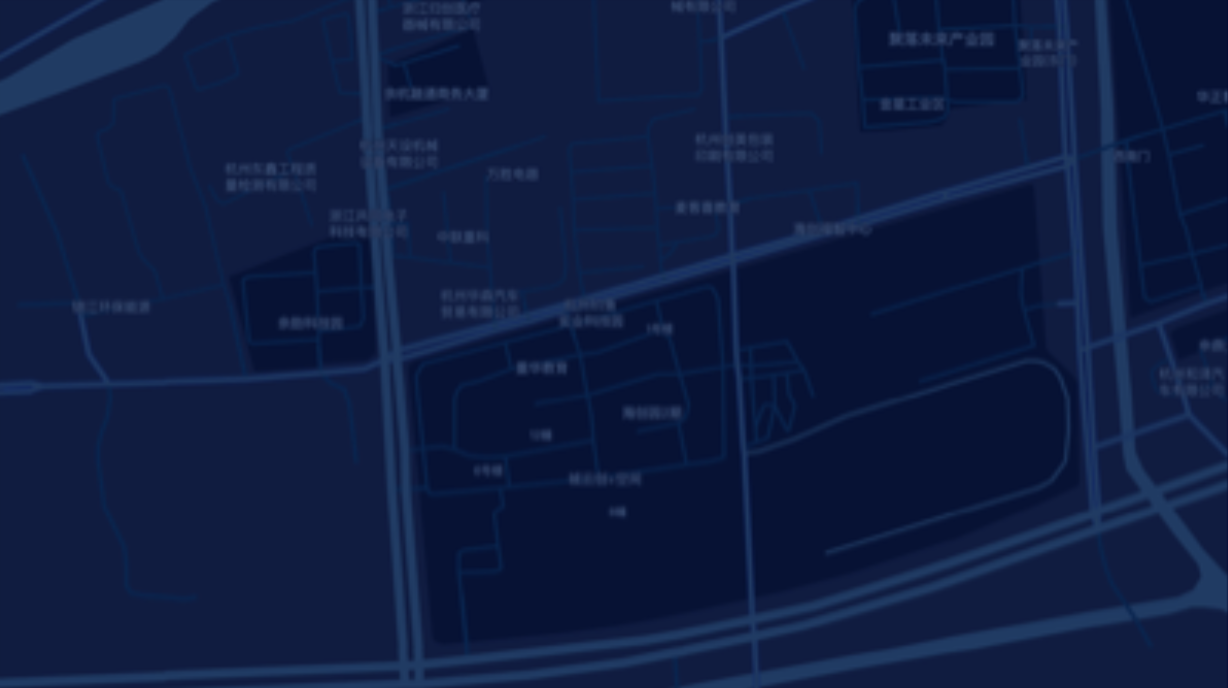

The "AI-Empowered Astronomy for Open Science" conference was held on April 7-9, 2025 at Zhejiang Lab (ZJ Lab). The White Paper on AI-Empowered Astronomy for Open Science (the "White Paper") jointly drafted by the National Astronomical Observatories of the Chinese Academy of Sciences (NAOC) and ZJ Lab in collaboration with international partners was officially released at the event.
The White Paper says that petabytes of astronomical data are generated globally, making it difficult for traditional data processing techniques to deal with the storage, analysis and sharing of enormous amounts of heterogeneous data. So, AI adoption becomes critical to breaking the ice. From real-time transient monitoring and multi-messenger data fusion to automatic classification and prediction of astronomical objects, AI is reshaping the astronomical research paradigms. The paper advocates for the equitable sharing of scientific resources and global collaboration towards the goals of UNESCO's Open Science initiative and "International Decade of Sciences for Sustainable Development" (2024-2033).
The White Paper showcases AI-empowered open astronomical facilities. The Global Open Transient Telescope Array (GOTTA), for example, will deploy a network of over 100 optical telescopes to capture extreme astrophysical phenomena such as supernovae and gamma-ray bursts at an hourly cadence, and use real-time AI analytics to explore the spacetime structure of the universe under extreme physical conditions. Leveraging a wide-field (thousands of square degrees) and high-cadence (minute-level updates) monitoring network, the AI-driven Phased Field Telescope systematically captures cosmic phenomena. It enhances the capability for monitoring space debris while building a multi-scale early warning system for cosmic events.
The White Paper proposes the following three AI-empowered astronomical research directions: leveraging intelligent computing to investigate the origin and evolution of the Milky Way; opening new radio windows to study the dynamic universe via intelligent computing; and exploring cosmic origins and galactic evolution with intelligent computing. It also calls for building an open data model ecosystem that integrates AI-empowered open astronomical facilities, open astronomy data platforms and astronomical models, etc., enabling AI-driven automatic observation, intelligent data analysis, and cross-domain knowledge fusion. These data and models follow UNESCO's principle of collective benefit and comply with the FAIR principles (Findable, Accessible, Interoperable, Reusable) to facilitate global fellows' equal participation in frontier research.
It is worth mentioning that the Lenghu Observatory is officially open to astronomers around the world, according to the White Paper. The Lenghu site, located on the Qinghai-Tibet Plateau, enjoys the advantages of 270 clear nights per year and 0.75 arcsec atmospheric seeing, which will be built into a globally shared optical/infrared astronomical base. In the future, leveraging AI-empowered intelligent observation systems, it supports global institutions in deploying telescope equipment at the Lenghu site to enable real-time data sharing for time-domain astronomy, so as to explore the mysteries of the dynamic universe. Additionally, the paper calls for international dark-sky preservation standards in response to threats of light pollution and Starlink to astronomical observations, ultimately fostering balance between scientific research, ecology, and sustainable development.
In addition, the White Paper attaches importance to science popularization and education, and advises building "GOTTA Academy", an intelligent astronomy education platform that uses AI to generate personalized learning paths, thereby promoting the circulation of open science resources.
"The White Paper is a starting point. Later, we plan to set up eight working groups based on the White Paper, and form a standardized and normalized cooperation mechanism through regular meetings and mutual visits, so as to attract more researchers from all over the world to join us and boost AI-empowered astronomy for open science," said QUAN Donghui, Deputy Director of ZJ Lab's Research Center for Astronomical Computing.
White Paper Download Link:
https://en.zhejianglab.com/newsevents/aie_astro/collaboration











